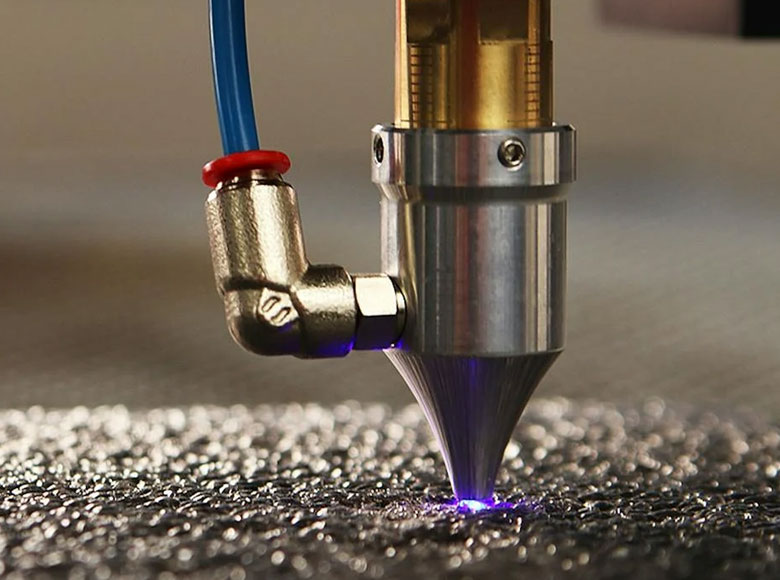
NTFFAB has provided CNC Milling Service for 10+ years.
We are capable to offer many different types of custom milled parts.
No matter they are OEM metal parts or plastic parts, in simple structure or complex structure.
We can process them with the right CNC milling machines, combined with precision CNC machines.
For example, CNC lathes, turn-mill centers, etc.
NTFFAB has an experienced engineer team.
They select the right tools, optimize tool paths to carry out both efficient milling production and good quality.
We would be a good and reliable partner of your CNC milled parts.
If you are searching for a reliable partner for CNC milling parts, try us!
NTFFAB will NEVER let you down!